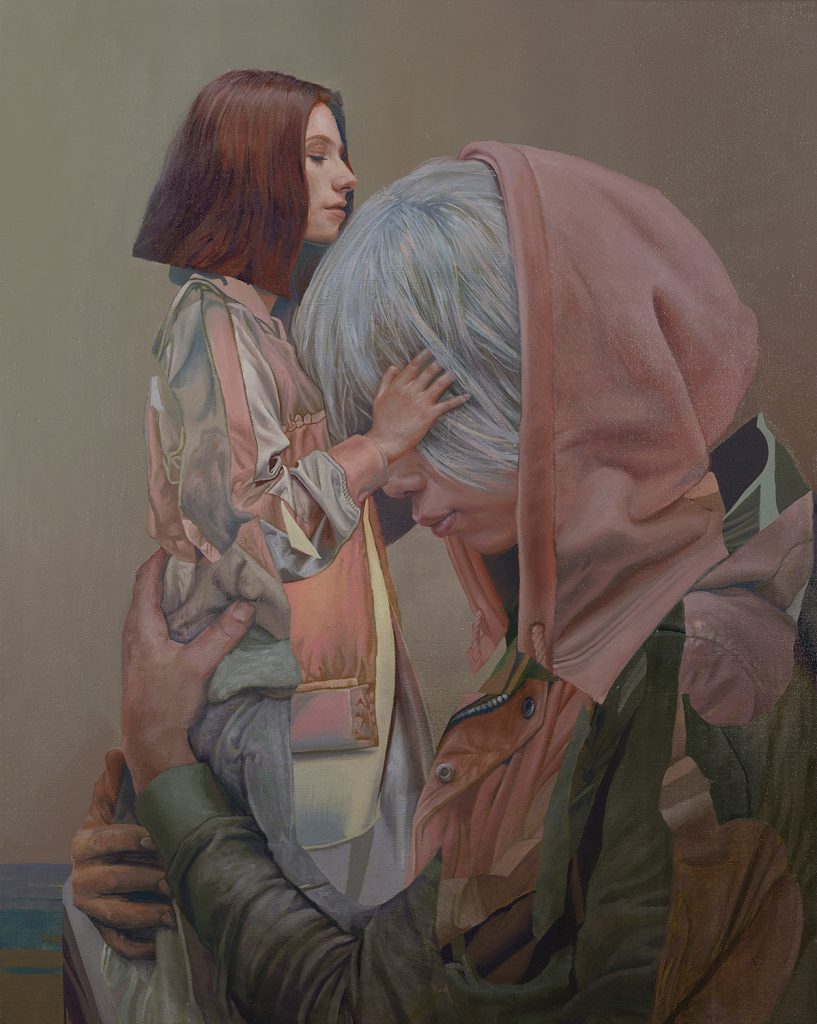The Lonely Age
2019 - Film & Video (Film & Video)
11:47 minutes
Connie Zheng
The Lonely Age by Connie Zheng is the first chapter in a trilogy of short experimental films about the complex temporalities of navigating ongoing environmental crises, as seen through the lens of seeds real and imagined. The film is set in a highly toxic and ecologically ravaged near future, in which people begin to hear rumors of seeds that have washed up on the shores of California after escaping from a factory in China. The seeds are rumored to possess curative properties, but they are also said to be sentient. The film toys with the languages of propaganda, dystopian cinema, documentary, and avant-garde film, while examining divergent articulations of hope amidst ecological disaster. Through this mode of informal myth-making, Zheng’s work asks: How can image-makers mobilize the romantic qualities of the apocalyptic narrative in order to inspire climate action? What possibilities exist for humans to engage in cooperative, non-hierarchical behavior, given our conditioning under capitalism? And how do we negotiate the terms of our survival in a way that respects the agency of all living beings while also acknowledging the oppressive structures of colonialism, racism, and xenophobia that have historically shaped our relationship to the “Other”? At its core The Lonely Age is a meta-fictional film whose tension emerges from rumors of hope. Are the seeds real? Are they actually radioactive waste from China? In a sense, it doesn’t matter—the film is about the power of belief and underlying ideologies that underpin hope and skepticism.
Connie Zheng is an artist, writer, filmmaker, and field recordist. Her multidisciplinary practice examines diasporic memory, ecological elegy, and divergent articulations of hope from an environmental justice perspective. Experimenting with topics ranging from cartography to seed exchanges, Zheng’s work pays particular attention to assemblage-based moving image practices and nonlinear temporalities. Her artistic process often begins with creative writing, which she employs as a means to create the worlds and realms that later emerge in her work.
Colors:
Related works sharing similar palette
» see more

© » LENS CULTURE
Gilded Lilies - Photographs by Tine Poppe | Interview by Sophie Wright | LensCulture Feature Gilded Lilies Norwegian photographer Tine Poppe’s portraits of cut flowers, shot against landscapes ravaged by climate change, propose a new take on the still life—one fit for the uncertain times we are living in...
Related works found in the same semantic group
» see more

© » KADIST
Sofía Córdova
2021Sofía Córdova’s film dawn_chorusiii: the fruit they don’t have here / coro_del_albaiii: la fruta que no tienen aquí weaves together six California migration stories that resist dominant social narratives that flatten the experience of migrants...

© » KADIST
Charlotte Moth
2012It is with the eye of a sculptor that Charlotte Moth records modernist architecture and its copies which she encounters during her trips and residences...





